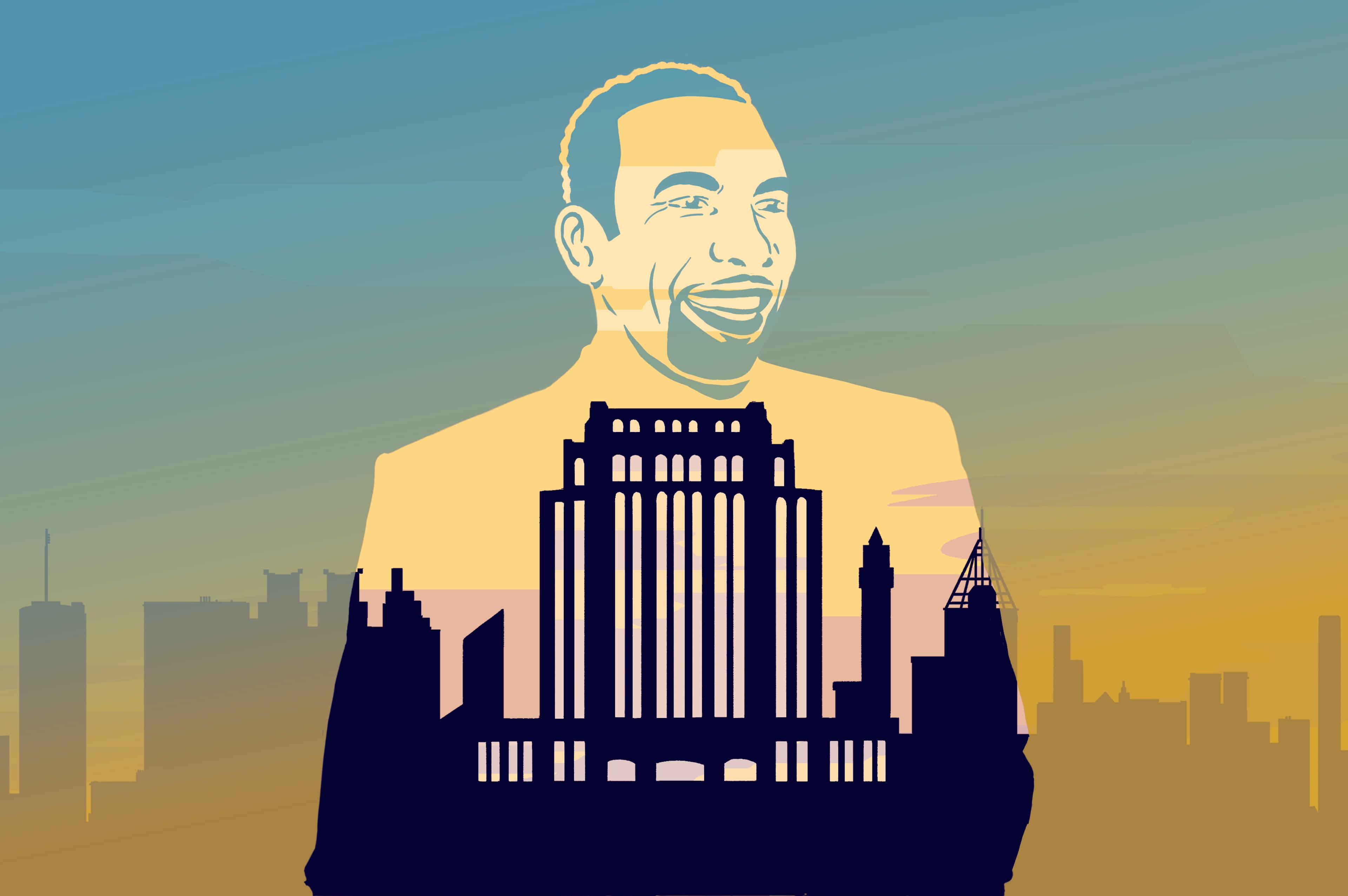What is ‘swatting’?

Swatting is the making of a false emergency report for the purpose of generating an armed police response to a home, school or other location where no actual emergency exists.
People who attempt to create a swatting incident generally do so by using technology, such as generating a false or hidden caller ID to hide their identities. According to the National 911 Program, callers behind swatting incidents sometimes do it as a prank, but other times it is in retaliation for a perceived issue with the intended victim.
Swatting is more then a nuisance; it’s dangerous. In 2017, police in Wichita, Kansas, shot and killed a man while responding to a call that turned out to be a hoax. A 19-year-old man in Ohio later pleaded guilty to placing the call.
In a recent Georgia case, a Republican state senator was at home when police arrived in response to a caller who said he had killed his wife and was holding someone else hostage. According to a police report, nine officers responded.
Swatting goes back more than a decade. A 2008 FBI bulletin about the “new phenomenon” warned that swatting puts victims in danger and advised local law enforcement that swatting schemes often are “fairly sophisticated.”
This past summer, the FBI created a centralized command center to track swatting incidents across the nation as the practice has become more common.



